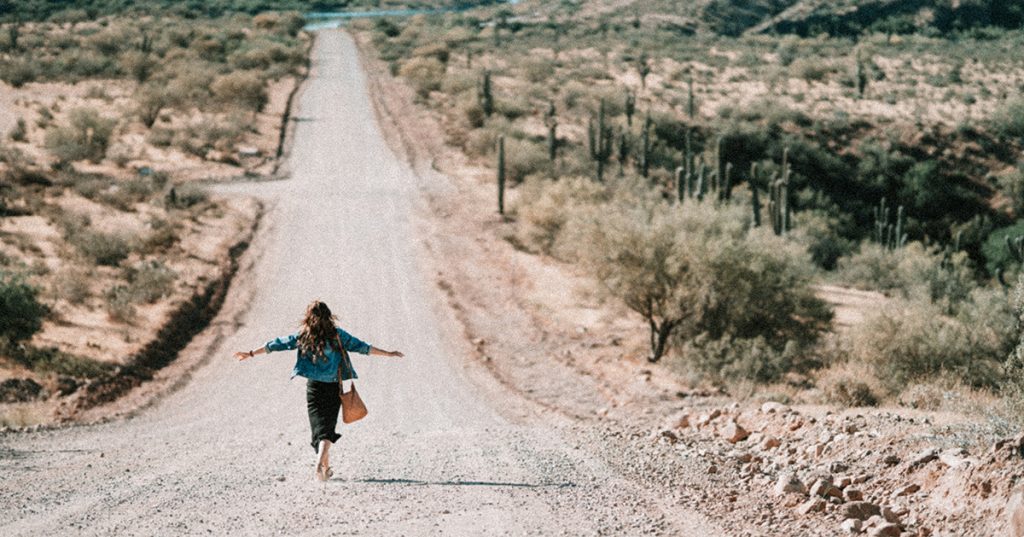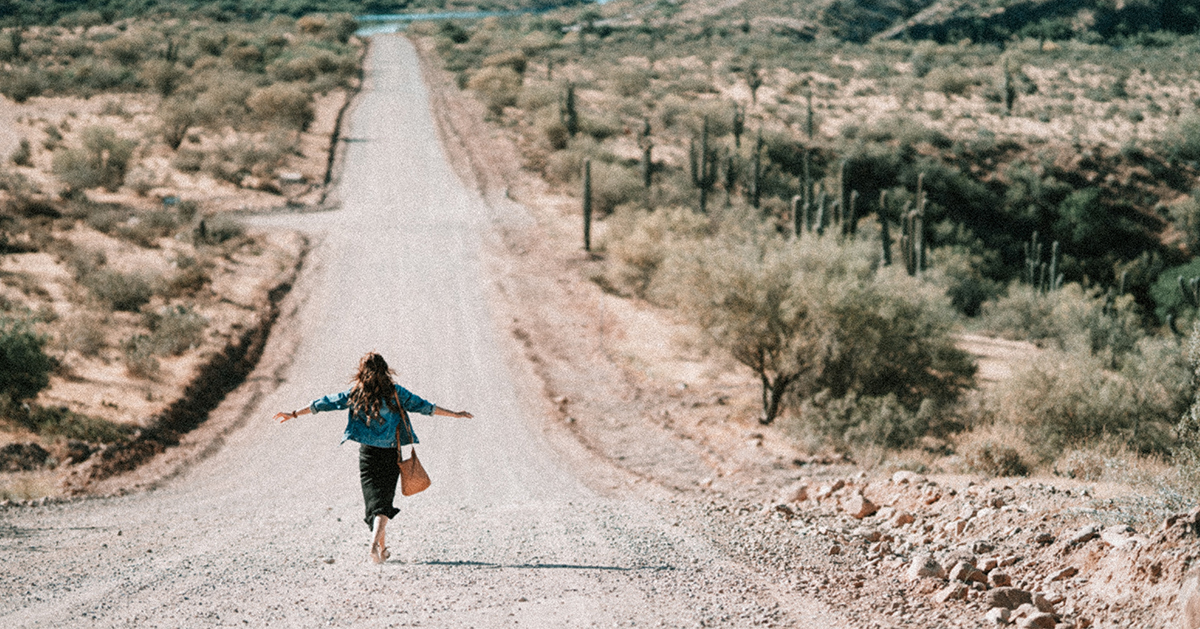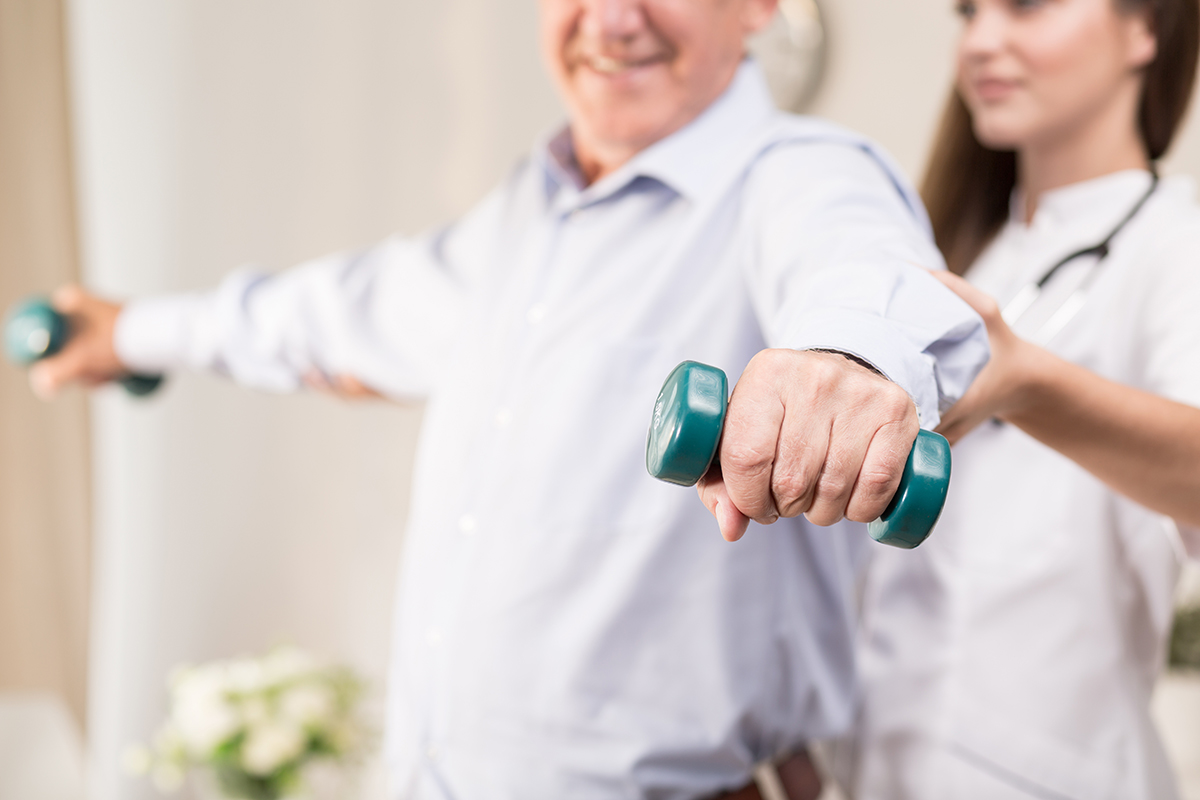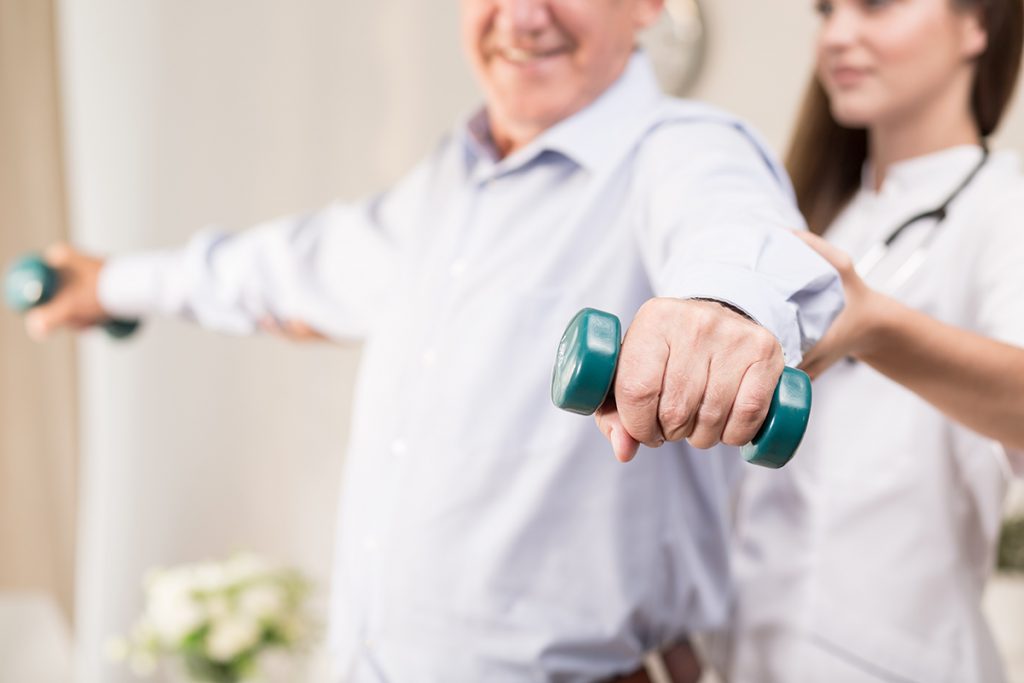Restoring Health: A Lifestyle Rx
America is in bad shape. According to the Centers of Disease Control (CDC), 60% of adults are living with one chronic disease and 40% have two or more.(1) Astoundingly, 12% of adults are living with 5 or more chronic conditions(2) including cardiovascular disease, diabetes, obesity, coronary obstructive pulmonary disease and hypertension. A concept people need to understand is that these diseases can be prevented, managed and even reversed with lifestyle choices.
The COVID-19 pandemic has shown a bright light on how our level of health can literally be a matter of life or death. A study of thousands of patients hospitalized with the novel coronavirus in the New York City area found that 94% had one chronic disease and 88% had two or more. The most common conditions included hypertension, obesity and diabetes.(3) In May of this year, the CDC reported that people with an underlying chronic illness had six times the risk of being hospitalized and twelve times the risk for dying.(4)

Boost Health & Immunity
Now is the right time to take small steps to improve health and build immune resilience with daily lifestyle choices. While there isn’t one diet, exercise regimen, or stress-relieving technique that is good for everyone, there are principles to follow that can boost health and vitality at any age.
There is a huge misconception that our genes determine our health destiny. This simply isn’t true. The study of epigenetics shows that we have the ability to change the expression of our genes by the way we think, feel, move and eat.(5) Each of our daily decisions and choices can increase or decrease inflammation in the body, moving us towards disease or back to health.
Acute & Chronic Inflammation
Our immune system uses the ancient, biological pathway of inflammation to protect us against injury and infections.(6) When you cut your finger, immune cells are sent to kill invading bacteria and begin the process of wound healing. This is acute inflammation that goes away in days or weeks when the body is healed.
One the other hand, chronic inflammation lasts a long time, from months to years.(2) It’s basically an abnormal immune response that causes damage to cells, tissues and organs. Oxidative stress plays a big role; it occurs when more free radicals are produced within cells than the body can neutralize.(2) As you can imagine, when more damage occurs than can be repaired, health problems crop up.
It is now widely accepted that chronic inflammation is at the root of most, if not all, chronic conditions like cardiovascular disease, diabetes, obesity, hypertension, cancer, arthritis and joint disease.(2)
Lifestyle Matters
The good news is that deliberate and healthier lifestyle choices can prevent, manage and even reverse chronic inflammatory disease, the most important cause of morbidity and mortality facing people today.(7) It’s empowering to know that if you have, or want to prevent a chronic disease, you can regain your health and vitality by choosing real whole foods, optimizing sleep, reducing stress, being social, and moving more.
You may be thinking, “How the heck can simple lifestyle decisions address the complexities of chronic conditions?” The body has an innate ability and intelligence to heal itself. You experience it each time you cut your hand; you wash the wound, put a bandage on and don’t have to think about it.
The research also supports it and I have lived it; by utilizing the power of lifestyle medicine I was able to restore my health from the ravages of chronic Lyme disease. You just need to provide the right environment for healing. This is not an easy task, but it can be done with time, effort and a plan.
Taking Action
Changing your lifestyle habits can feel overwhelming. To help you embrace this challenge, think about this analogy, “How do you eat an elephant? One bite at a time!” Any healing journey begins with awareness, learning and exploration; then gradually taking action, one small step at a time.
Start today by exploring lifestyle behaviors that decrease inflammation and can put your health back on track so you can live with less pain, more energy, and greater vitality. A lifestyle prescription to restore health includes:
- Reducing stress with deep breathing.
- Getting good quality sleep by going to bed and rising at the same time.
- Eating a plant-based diet rich in a rainbow of vegetables.
- Hydrating with filtered water in the morning and during the day.
- Nurturing relationships and engaging with positive people.
- Moving well with good posture when performing daily activities and exercise.
Be proactive, make one hour a week to learn more by reading books, researching on PubMed.gov, listening to podcasts, attending lectures and webinars so you can find the strategies and practices that work best for you. As you begin to feel better, you will naturally be motivated to continue learning and making better lifestyle choices because healthy feels so good!
Find a Fitness or Allied Health Pro Near You
Search the free MedFit Network directory to locate a professional near you! MedFit Network maintains a free directory of fitness and allied healthcare professionals who can work with individuals with chronic disease, medical conditions or the senior population.
Cate Reade, MS, RD is a Registered Dietitian, Exercise Physiologist and Functional Medicine Practitioner candidate on a mission to improve functional mobility and health span utilizing the power of lifestyle medicine. She has been teaching, writing and prescribing healthy eating and exercise programs for over 25 years. Today, as CEO of Resistance Dynamics and inventor of the MoveMor™ Mobility Trainer, she develops exercise products and programs that target joint flexibility, strength and balance deficits to help older adults fall less and live more.
References
- https://www.cdc.gov/chronicdisease/index.htm
- https://www.ncbi.nlm.nih.gov/books/NBK493173/
- https://www.the-scientist.com/news-opinion/nearly-all-nyc-area-covid-19-hospitalizations-had-comorbidities-67476
- https://www.cdc.gov/mmwr/Novel_Coronavirus_Reports.html June 19, 2020
- https://www.nature.com/scitable/topicpage/epigenetic-influences-and-disease-895/
- https://www.ncbi.nlm.nih.gov/pmc/articles/PMC6345337/
- https://pubmed.ncbi.nlm.nih.gov/23974765/















 If fitness and exercise are well accepted as part of the management strategy for multiple diseases, why is it that access to organized exercise plans, and fitness professionals who can help implement those plans, are not a standard part of the medical treatment paradigm? Why is it not a standard benefit covered by common medical insurance policies?
If fitness and exercise are well accepted as part of the management strategy for multiple diseases, why is it that access to organized exercise plans, and fitness professionals who can help implement those plans, are not a standard part of the medical treatment paradigm? Why is it not a standard benefit covered by common medical insurance policies?